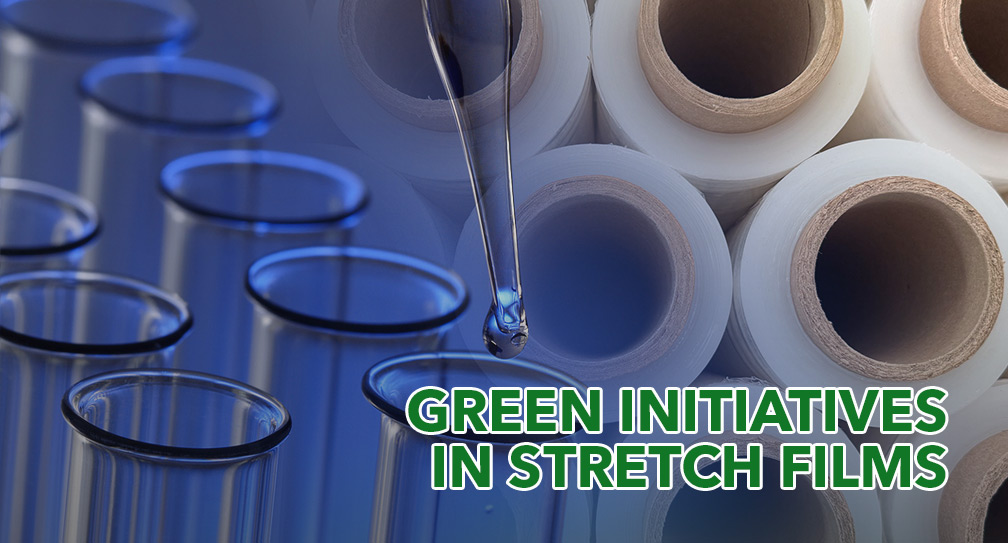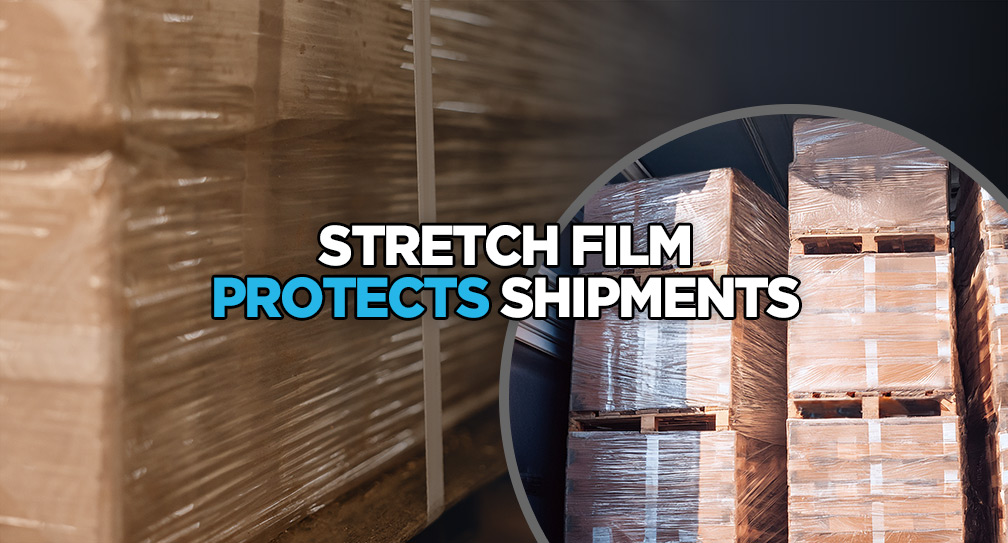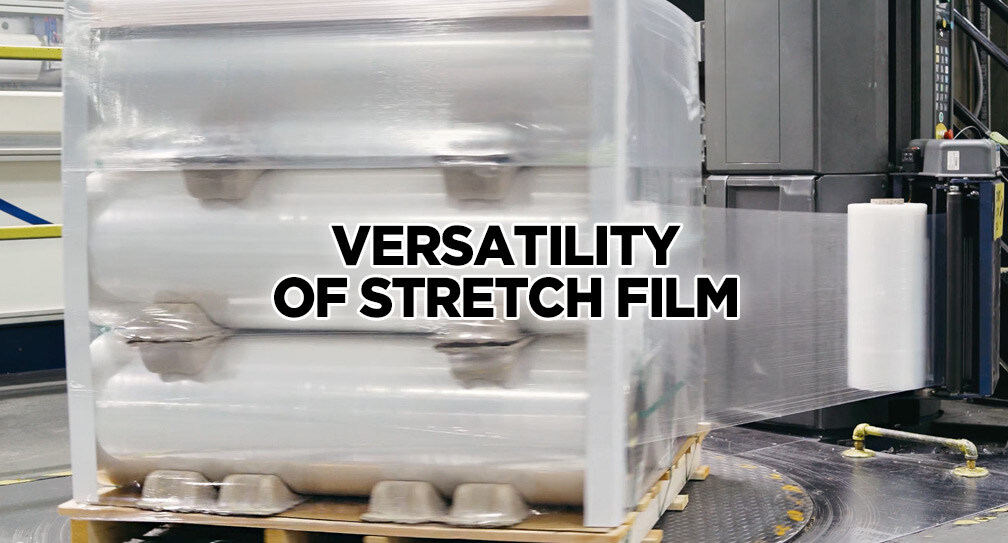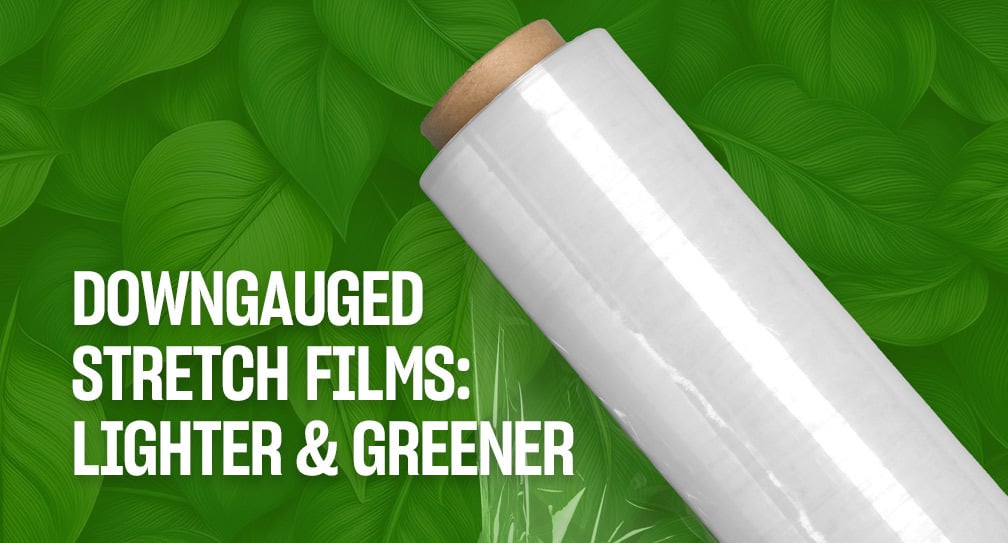In the dynamic world of sustainable packaging, green initiatives in stretch films are gaining significant attention. Let's delve into the various so called eco-friendly technologies and strategies employed by leading companies in the stretch film industry.
Bio-Assimilation Technology
Bio-assimilation technology aims to break down polymers into small pieces that microorganisms can consume. Despite its promise, this technology faces several hurdles, including the lack of widely accepted third-party certifications, environmental impacts such as methane production in landfills, and the persistent issue of microplastics.

Bio-Based Resins
Bio-based resins, derived from renewable feedstocks like sugarcane ethanol, offer a lower carbon footprint but come with their own challenges. They reduce reliance on petro-based resources and have a lower carbon footprint than traditional polymers. However, they are typically more expensive and may have negative environmental impacts from farming practices.
Oxo-Degradable Films
Oxo-degradable films use additives to mimic biodegradation but often result in microplastic formation. These films fragment into smaller pieces but do not fully degrade, leading to environmental concerns and increasing regulatory bans in regions like the EU.
Biodegradable Films
Biodegradable films can be broken down by microorganisms, but they have limitations. Degradation in anaerobic conditions, such as landfills, produces methane, a potent greenhouse gas. Additionally, these films are more expensive than petro-based counterparts and can negatively affect recycling streams.
Compostable Stretch Films
Compostable films are a subset of biodegradable films that break down into usable material (humus) under specific conditions. They require third-party certification for compostability and break down completely without leaving toxic residues. However, the availability of industrial composting facilities is limited, which poses a challenge for widespread adoption.
Post-Consumer and Post-Industrial Materials
Using recycled materials helps reduce waste and reliance on virgin resources. Post-consumer material (PCR) is generated by end-users and can offset the use of virgin materials, while post-industrial material (PIR) is diverted from the manufacturing process, offering consistent quality and lower contamination risk.

IPG’s Sustainable Solutions
IPG has made significant strides in developing sustainable products and technologies. The G7 minimizes material use while ensuring secure packaging. They have achieved Silver certification for their StretchFLEX® and SuperFLEX® films through the Cradle to Cradle Certified® program. Additionally, their recycling initiatives include store drop-off recyclable films and partnerships to enhance recycling methods. They also hold ISO 50001:2018 and ISO 14001:2015 certifications, driving energy efficiency and environmental preservation, while manufacturing all stretch film products in TRUE Zero Waste certified facilities.
Conclusion
The journey towards sustainable packaging is complex and multifaceted. While there are promising technologies and initiatives, each comes with its own set of challenges and considerations. As the industry continues to innovate, balancing environmental benefits with practical implementation and cost-effectiveness remains crucial.




